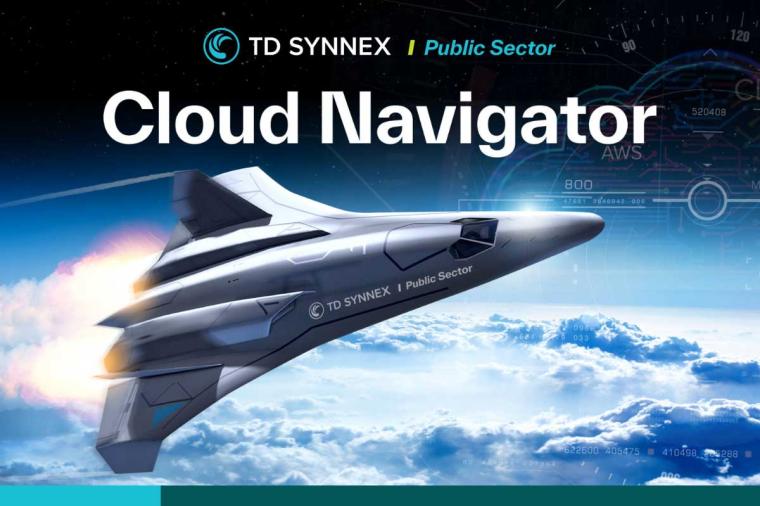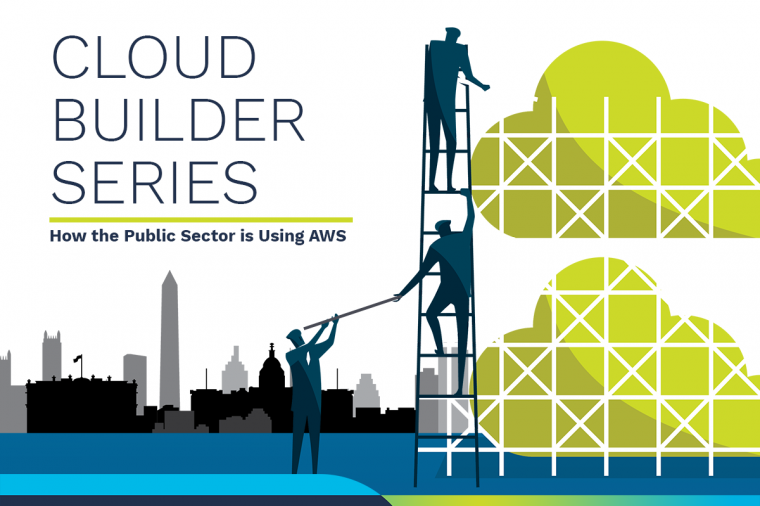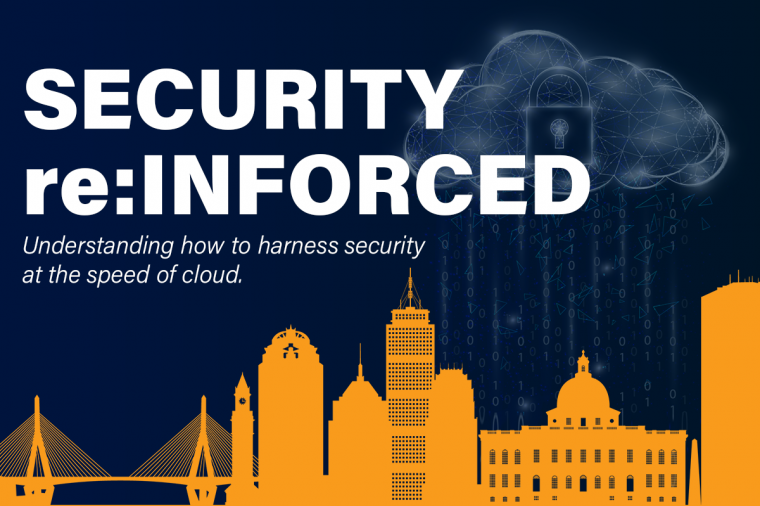Symantec Redefines Their Cloud Strategy

Recently, a new message and stronger direction have emerged from our friends at Symantec concerning the cloud.
Recognizing that Symantec is a massive company, I think it’s a valid observation that they’ve been slow to fully recognize cloud computing as a methodology and equally as slow in clearly explaining their role in supporting cloud platforms. There was an early attempt to commoditize the concept; however there wasn’t a strong story from Symantec for much of the “Cloud Revolution’s” formative years. It’s not that they didn’t have a place to contribute; it was that they seemed to struggle with articulating that role. There was a translation problem between their old playground, the data center and the cloud – public or private.
Even as Symantec wrestled with the right messaging, I’ve been helping architect a few public cloud infrastructures where Symantec’s products were absolutely key in filling the void between what a traditional Infrastructure-as-a-Service (IaaS) provider could provide and what the end consumer needed and already had in their “traditional” data center. Value delivery was never a problem, only their communication.
Flash forward to today: I’m happy to say that Symantec has indeed found their voice, and have come out with a very well thought out and helpful way to look at cloud adoption models and what Symantec can do to help end users adopt those models successfully.
Basically, the idea is that there are three models for cloud adoption:
- Consume – “Transform Complexity to Simplicity”: Using cloud services to run IT. The focus here are Software-as-a-Service (SaaS) tools that support communication security, data protection, authentication services, end user protection, and event monitoring – all available through the Symantec “.cloud” & other hosted services.
- Build – “Deliver Highly Agile, Highly Reliable IT Services”: Building public OR private clouds for IT missions. You need operational and management tools to assist IT departments in leveraging public or private clouds. It’s one thing to sign up with an Infrastructure-as-a-Service (IaaS) provider and launch some servers and storage, but honestly, that’s only a tenth of the work. Operational Management tools are all but non-existent in all public and private cloud solutions. Rationalizing the need for these tools in your adoption model does a lot to bring stability and availability to your deployments. While the cloud will help you deploy hundreds of resources in a day, it typically will not help you operate and manage them in a sustainable manner. Symantec’s operational tools can help you here – from availability to compliance.
- Extend – “Establish Consistency Across Environments” - Consistently integrating different cloud services to augment your current IT infrastructure. For me at least, this is some of the best stuff about the cloud. The fact of the matter is that while there are some great providers of cloud services – there is no one provider that is best across all categories. Very often, the answer is confederating various cloud services, as well as, the services you might already provide in-house, and presenting them to your user base to achieve your IT goals and mission. Once again, presenting them is the easy part – managing them is the hard part, and lack of management tooling exposes organizations to risk and failure.
I’m not going to steal all of Symantec’s thunder on this one. Check out their new direction at Symantec’s Cloud Solutions page. If you’ve looked at their portfolio before and were confused about how it could help you with your cloud adoption/management, I think you will find their site very helpful.
















































